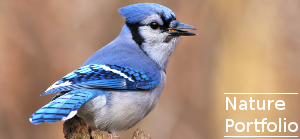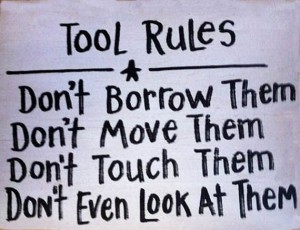R/C scale modelling is a fun and interesting hobby. As with any construction work, the quality of the tools directly impact the quality of the finished product.
When looking at model building web-sites, it is easy to get the impression that a ton of specialist power-tools is required to get good results. Power-tools are for modeller that build a lot. A hand-tool gives just as good results if used correctly, although it is a bit slower.
Building board
The building board is one of the most important pieces of equipment. A flat board is essential for the construction of a straight, true, and well-flying model. Some use an old door, some use a rubber mat on top of the dining table, some use a styrophome plate, and some use a glass plate.
The airplane plans are placed on the building board, and a piece of plastic film, transparent drafting paper, or a glass plate is put on top. What I personally find the easiest, is a cork mat or a piece of styrofoam with a photocopy of the plans on top. Both building board materials have the advantage that the wood parts can be pinned in place while the glue dries.
The size of the building board should be at least big enough to hold the fuselage or one wing, whichever is longest.
Pins
As explained above, pins are invaluable for holding wood together while the glue dries. You can use normal pins from your sewing kit, or you can spend money on special “model building” pins. These pins have a bigger head, and a thinner needle. Both types works equally well.
Razor Blades
Do NOT use a razor blade. You can get seriously hurt. Instead use a scalpel.
Scalpel
The scalpel is the most invaluable tool for model-building. This specialist knife is very inexpensive, and is used for almost all of the balsa-work. Get a good one with changeable blades and a flat or square handle. Scalpels with round handles tend to roll and fall on the floor. I have personally had a scalpel go through to the bone on my big toe, when it rolled down. It is not recommeded. If you get a round scalpel, use a piece of tape or glue a piece of balsa to the side of it, so that it is unable to roll around.
Cutter
The cutter is stronger than the scalpel, and is used to cut ply wood, and sheets of other harder woods.
Hack Saw
The hacksaw is worth its weight in gold. Actually,get two, a large one, and a junior hacksaw. Hacksaws are used to cut plywood, plastics, piano wire and general cutting. Get one with a blade for cutting metal.
When using a hacksaw, cut close to the outline. Do not follow the line exactly. Instead cut 1 or 2 mm outside the line and sand the piece to shape. This method should be used ALWAYS, when cutting something, to get good results.
Fret Saw
The fretsaw is used to make cut-outs in pieces of wood that needs lightening. It is also possible to add lightenling holes in wood using a drill.
Pliers
Several pliers are needed when making R/C scale models. A pair of needle-nosed pliers and a pair of side-cutting pliers. The smaller types used by the electronics industry works best. If you bend a lot of piano-wire, a special plier is available at the local hobby shop, specifically for this purpose.
Sandpaper
Sanding is one of the most common activities when building scale models. First and foremost to get the pieces to the correct shape, but just as importantly, to get a smooth surface finish on the completed model.
Sandpaper comes in various roughnesses. I typically use an 80-grained paper to sand plywood to shape, and 120 for the first surface sanding, followed by 200 grit sanding.
Some sand-paper is for wet-sanding and polishing. These are grit 400 and higher.
When sanding, use a sanding block. The block must be sufficiently long to reach over gaps and holes in whatever you are sanding. A 30-40 cm long sanding block is perfect for wings and fuselage. using a small sanding block increases the risk of producing something with a “starved horse” looks.
Screw Drivers
The “watchmaker” type screwdrivers are a necessity. They come in a box with 5 or 6 of varying size. Get a box.
Drills and drillbits
A power drill is really cheap these days. Get a small one, and some drill-bits. With drill-bits, price and quality plays a part. The cheap drill-bits are absolutely useless. Spend the money and get some 2 and 3 mm bits and some spade-bits for making lightning holes.
Rulers
You will need a pair of rulers. Ideally a 50 cm steel ruler and a 90 degree angle ruler, but if you have some in plastic from somewhere, go with those. Make sure that the rulers are measuring identically!!!
Allen keys
Get two sets of Allen keys. One set in metric and one in imperial. These are needed when fiddling with the engine and with installation of remote control servos.
Others
A few other tools may come in handy, such as a small hammer, a few larger screwdrivers.
Conclusion
The above tools are really all that is required for building model aircraft. Of course, other tools may come in handy, along the way, such as paint-brushes, or a power drill, but the above should get you going. As the interest in the hobby increases, so will the collection of tools.






Really great post, I’ll definitely come back on your website.
What a very informative website many thanks.